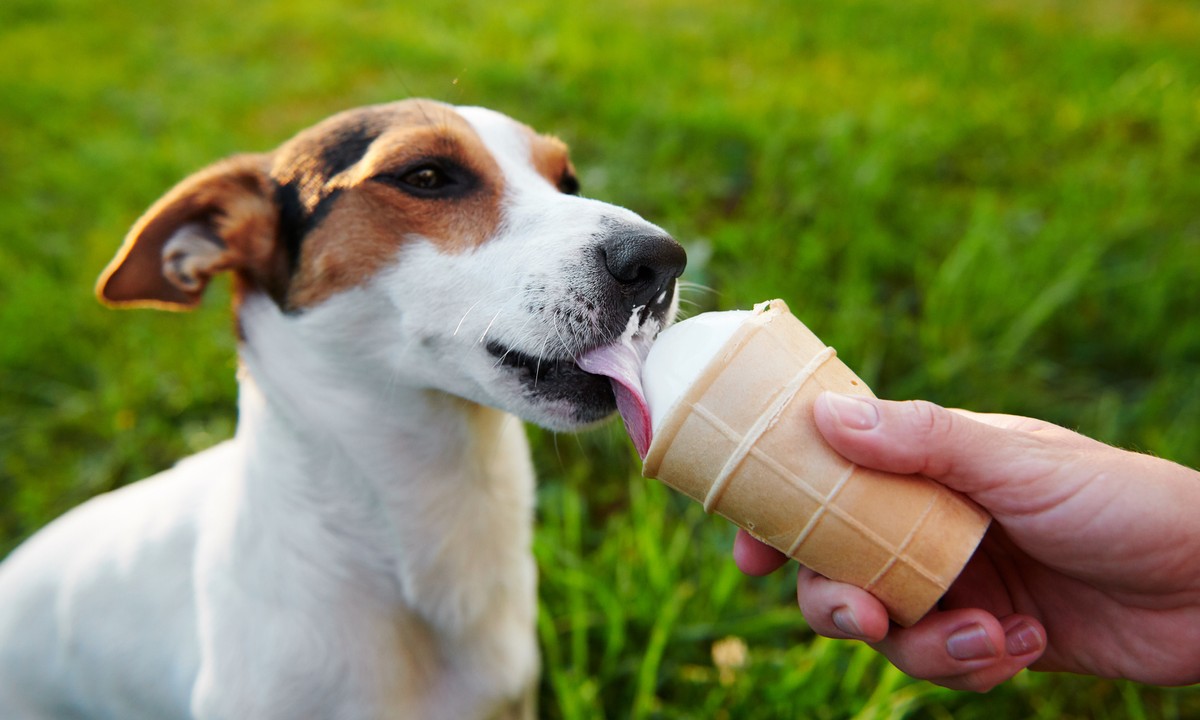Is It Safe for Dogs to Eat Desserts?

Everybody loves desserts! Even our dogs will happily devour a delicious piece of chocolate, but that does not mean that you should offer them any. In fact, common dessert ingredients such as chocolate are terribly poisonous to dogs. Even the most delicious treats can wreak havoc on your dog’s digestive system.
Are you wondering what tasty treats you can give to your pet? Don’t worry, below we are going to discuss the ins and outs of dogs and desserts. By the end, you will know that you can safely feed your dog without having any worries. In the meantime, don’t offer your furry friend any candy or grapes.
Why Is It Not Safe for Dogs to Eat Desserts?
Firstly, you need to understand that sugar itself isn’t toxic to dogs, but most desserts are. Secondly, while sugar may not exactly be toxic, it certainly isn’t good for them.
As a rule of thumb, you need to know that dogs are omnivorous – they eat a combination of plant materials and meat. This means that your dog can safely eat some fruits, but they should steer away from artificial sweeteners.
Now that we’ve got that settled out, let’s look into certain ingredients that are toxic to dogs and may even prove to be fatal when ingested in large amounts.
Caffeine
Caffeine is toxic to dogs. Why? A dog’s digestive system cannot metabolize it and instead pushes them towards nausea, vomiting, and the rest of the poisoning symptoms.
Chocolate
Chocolate contains both theobromine and caffeine, making it probably the most toxic sweet for dogs. Dark chocolate, in particular, has the highest toxicity levels. Consuming chocolate in excess may lead to an upset stomach, nausea, seizures, heart rate abnormalities, and even death.
Xylitol and artificial sweeteners
Xylitol is present in many sweets and drinks. Always avoid giving sweets to your dogs if you don’t know what’s in them. Artificial sweeteners containing xylitol may lead to liver damage, hypoglycemia, seizures, and even death.
Grapes and raisins
Grapes are known to cause kidney failure in dogs. Even its dry counterpart must always be avoided at all costs. You must also keep them far away from oatmeal raisin cookies.
Are There Any Dog-Friendly Desserts?
There are multiple sweets and fruits that you can give to your dog. Just make sure none of them have any artificial sweeteners, xylitol, caffeine, or any of the aforementioned ingredients.
Dog ice cream
You can make dog ice cream at home or buy it at your local pet supermarket. Just make sure that it’s safe for dogs and doesn’t contain any toxic ingredients. We suggest only buying from vendors you trust.
Peanut butter
Many commercially made peanut butter options have xylitol in them. So make sure you don’t feed them your regular peanut butter at home. Instead, purchase peanut butter that’s specifically made for dogs.
Sweet potatoes
You can buy sweet potatoes from the supermarket, boil them, and mash them before serving.
Pumpkin-based cakes and cookies
You could treat them with homemade pumpkin-based desserts. The key is to steer clear of sugar.
What to Do If Your Dog Eats Chocolate or Any Toxic Sweet?
If you feel that your dog has ingested a sweet that it wasn’t supposed to, look for the following symptoms:
- Vomiting
- Nausea
- Seizures
- Diarrhea
- Loss of appetite
There’s usually a 6 to 12-hour window before the symptoms start to appear. The aforementioned symptoms are usually the first to surface so if you see any of these, start by taking your dog to the vet immediately.
